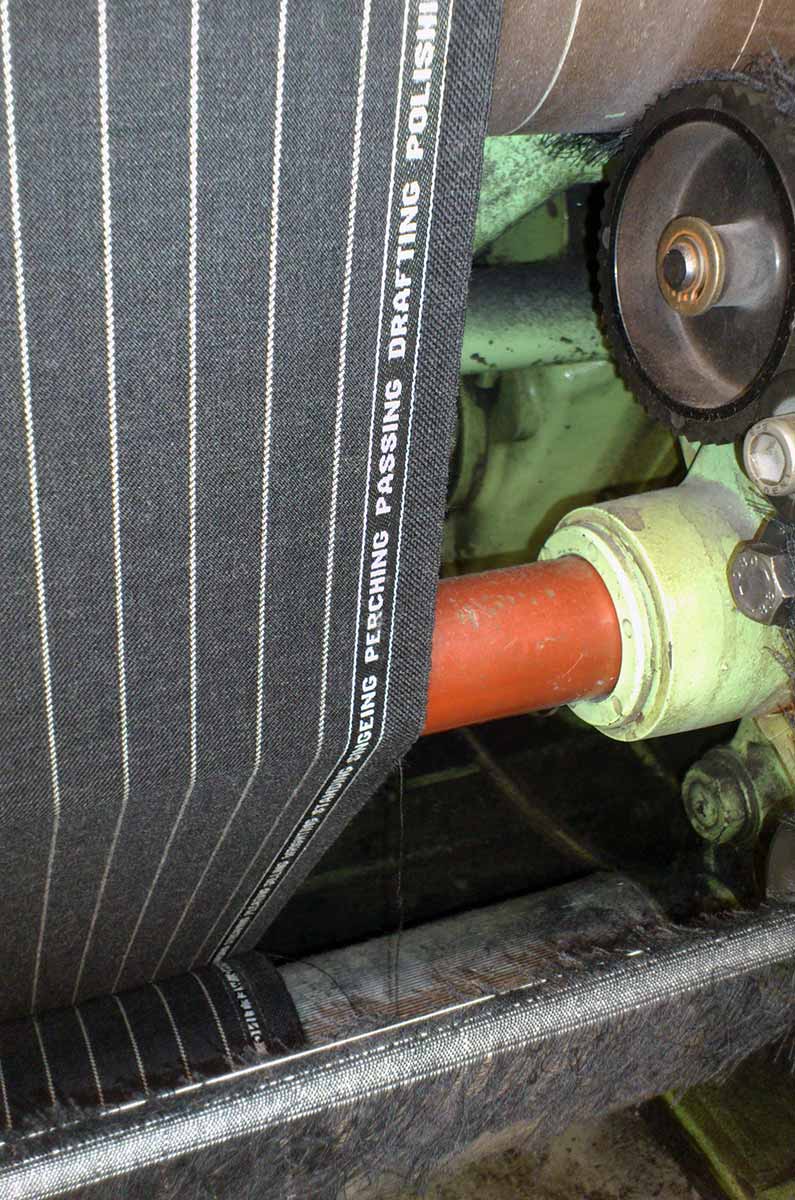Cloth & Memory {2}
2013, Salts Mill, Saltaire
Twenty-three international artists, both emerging and established, respond to an exceptional space, with remarkable work…
An international exhibition of textile art made in response to Salts Mill, curated by Professor Lesley Millar.
As an artist concerned with issues of site, place and land, I am interested in the potential for cloth and the language of textiles to connect people to place. Initial considerations were to extend the metaphor of the land as a fabric that bears the marks and memory of industry by looking at routes associated with the wool trade, including pack horse bridges, paths and inns.
A small child would run errands for the mill and once employed he or she might spend their entire life at the mill. The building, Salts Mill, held the bodies and thoughts of hundreds of people and, as a consequence, the jobs they undertook shaped these people and became part of them. A mill worker’s life was intimately entwined with that of the mill.
This interconnection of life within the mill and the idea of the fabric of the building, the fabric of life and the fabric of this specialised society provided huge scope for my own thought and research.
The way ‘communities’ use language tells us a lot about culture and place and bears testament to the collective memory we have of place, of work and of ourselves. I studied the impact of the textile trade upon our language, researching processes and techniques that were once part of daily life and have now become consigned to memory. The presented work speaks of the art of making fabric and the fabric of living. It also stands as a memory of the activities and of the people who worked in this trade on this site.
The cloth was fabricated at William Halstead, a local mill, with the ‘poem’ woven into its selvedge. This collaboration was core to the project, enabling me to learn and to involve myself in the trade. The selvedge is cut away when the cloth is made into a garment but for me this discarded edge is vitally important because it represents the work of those who were central to this industry and this place but who may now be forgotten.









